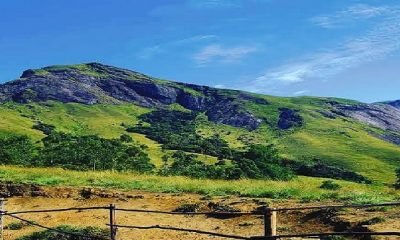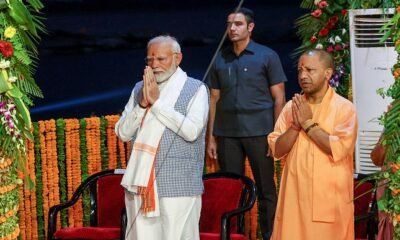Tourism
East Kolkata Wetlands: the natural sewage treatment plant
Sibashish Dash.
The bustling megapolis of Kolkata oriiginally built to house one million people, is now home to over 10 million people, with nearly one-third of them living in slums. Strangely, the core area of the city does not have a single sewage-treatment plant. So where does so much sewage go?
.
.
Originally a patchwork of low-lying salt marshes and silted-up rivers, East Kolkata Wetlands is a vast network of man-made wetlands bordered by green embankments and channels, that clean the city’s waste water in less than 20 days. In a series of biological steps, the organic waste in the wetland is converted into fish feed, hosting the largest sewage fed aquaculture in the world. Also, these wetlands act as a natural flood control system for the city, absorbing the surplus water from the Hooghly during peak of monsoon. The East Calcutta Wetlands were designated a “wetland of international importance” under the Ramsar Convention on 19 August 2002.
.
.
However, for all their usefulness, these wetlands face a dwindling future thanks to the city’s rapacious real estate market, which wants to fill up the large fishponds, locally known as bheries, and build on them. Wetlands are under threat due to exponential expansion of real-estate projects in eastern Kolkata especially in the Salt Lake and Rajarhat sectors.



















